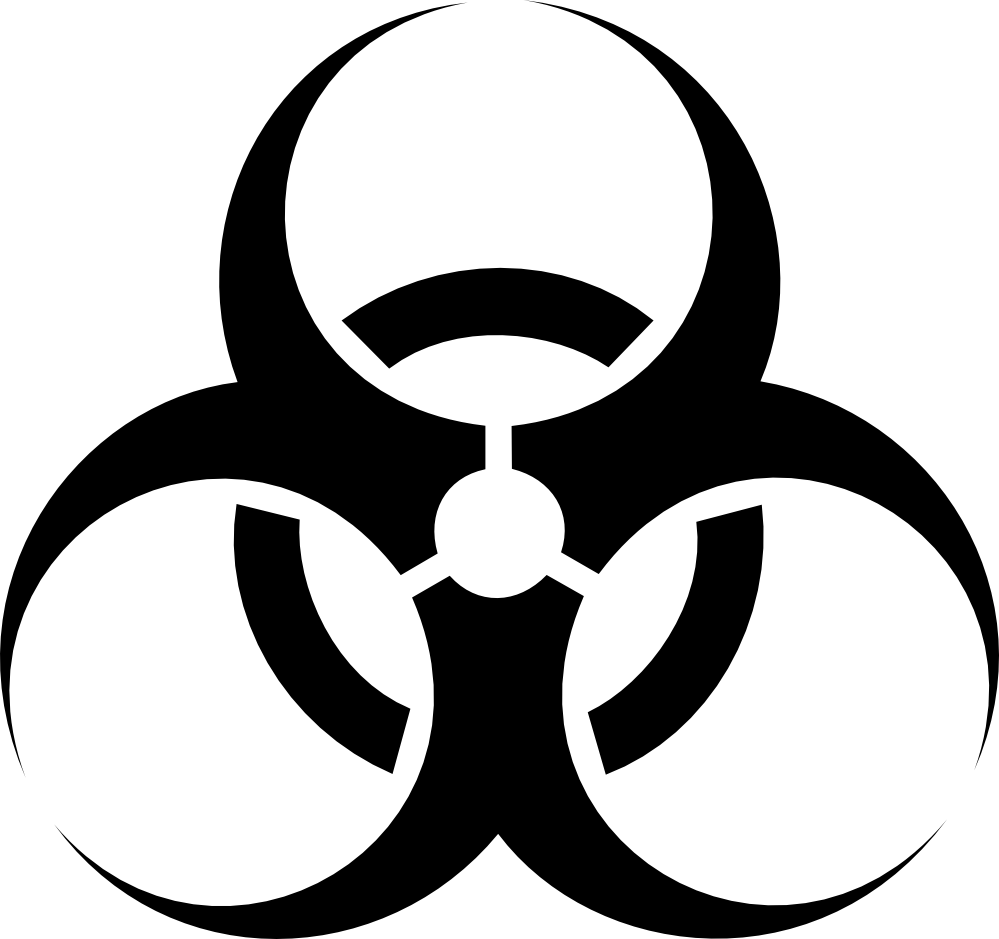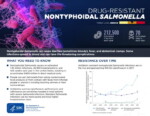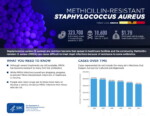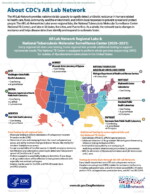EIDC Toolboxes
Anthrax | AR/AMR | Influenza | Fungi | MMR | Parasites | Polio | Pox | Prions | SARS-CoV-2 | VHF | Waterborne Diseases | Zika | Other Zoonotic Agents
AMR is a global problem that threatens the ability to prevent and treat infections caused by drug- resistant microbes.
In November 2020, the heads of the Food and Agriculture Organization of the United Nations (FAO), the World Organization for Animal Health (OIE), and the World Health Organization (WHO) launched the One Health Global Leaders Group on Antimicrobial Resistance.
National and international agencies are beginning to focus regional efforts aimed to reduce the emergence and spread of an ever-expanding list of AMR pathogens. Here are some examples:
- The European Centre for Disease Prevention and Control (ECDC) has two infographics on taking antibiotics responsibly and the growing resistance to last-line antibiotics.
- The United States (US) Centers for Disease Control and Prevention (CDC) has published the Antibiotic Resistance Threats in the United States, 2019 which includes 18 antibiotic-resistant bacteria and fungi categorized based on their level of concern: urgent, serious, or concerning. In addition, CDC developed a Watch List that includes three antibiotic-resistant threats with the potential to spread or become a challenge in the US.
- Similarly, the US Department of Agriculture has in place an AMR Action Plan describing efforts specific to food industries.
- The Government of Canada issued “Tackling Antimicrobial Resistance and Antimicrobial Use: A Pan-Canadian Framework for Action” in 2017. grounded in a One Health approach.The threat of AMR infections to workers in human and veterinary healthcare and to laboratory workers in human and animal diagnostic laboratories and research laboratories is real and extends beyond occupationally acquired infections to colonization and spread to vulnerable human populations. To mitigate this possibility, laboratory biosafety and biosecurity programs must consider AMR when performing risk assessments and mitigation strategies, beyond the direct risk that an infectious agent may pose.
- The US CDC continues to promote awareness of specific threats of medical and veterinary medical concern by publishing the 2019 AR Threats Report, including updates since their 2013 AR Threats Report.The pathogen fact sheets for emerging threats that the EIDC finds to be of particular concern can be found here:
- Carbapenem-resistant Acinetobacter Pathogen Page
- Drug-resistant Candida auris Pathogen Page
- Clostridioides difficile Pathogen Page
- Carbapenem-resistant Enterobacteriaceae Pathogen Page
- Drug-resistant Neisseria gonorrhoeae Pathogen Page
- Drug-resistant Mycobacterium tuberculosis
- Vancomycin-resistant Enterococci (VRE)
3/20/2025
Share/Suggest a ResourceQuestions, Comments, Suggestions? Leave Feedback.





